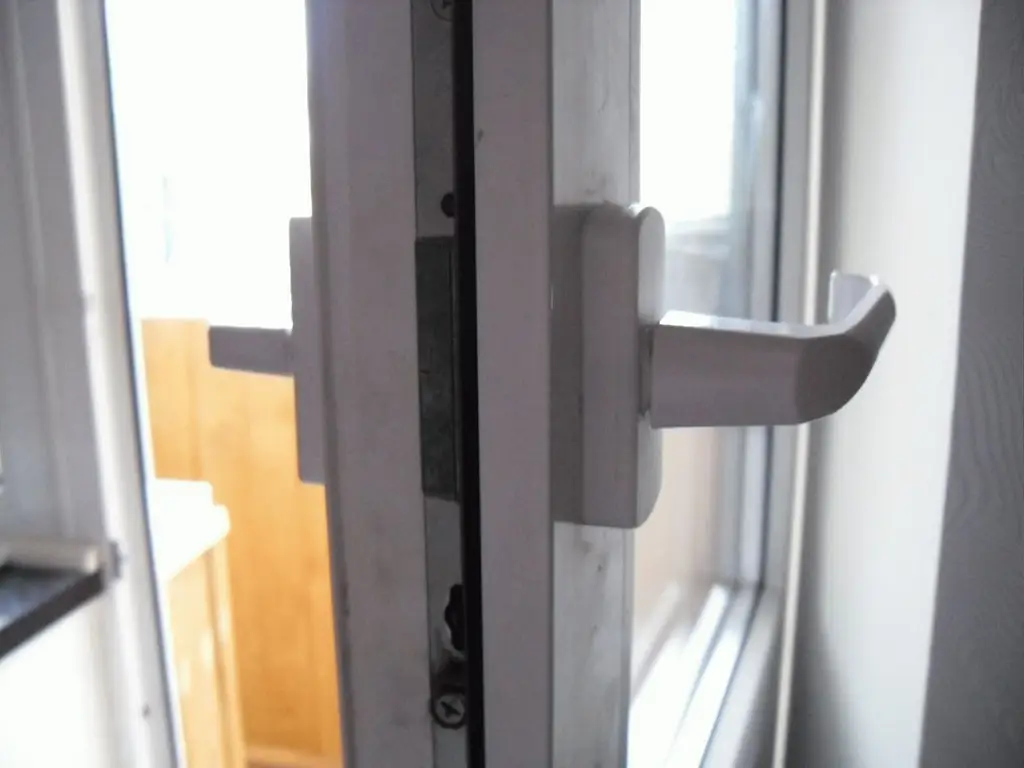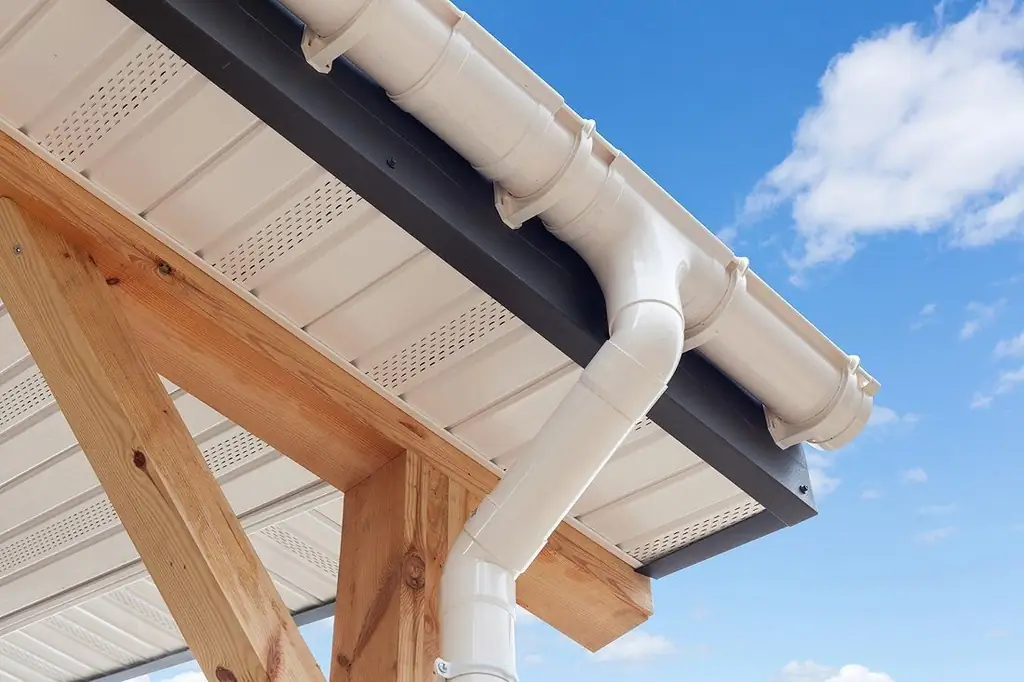
Table of contents:
- Author Bailey Albertson [email protected].
- Public 2023-12-17 12:53.
- Last modified 2025-01-23 12:41.
How to install a bathtub without outsourcing

The bathroom plays an important role in the life of a modern person. In fact, this is the place, well of course after the bedroom, where a person begins and ends his day. The place where we put ourselves in order, the place where we wash our clothes and perform hygiene procedures, and most importantly, this room in which we relax, lying in warm water and thinking about the eternal!
And, despite the large number of functions assigned to this room, how microscopic it sometimes is. I would even say criminally microscopic, when two people simultaneously being in such a bathroom are unlikely to be able to part.
It is not a secret for anyone that the bathroom (the bowl itself) takes up a lot of space and, accordingly, the amount of free space, ease of movement and ease of use of other plumbing fixtures will depend on how it is installed. Given that, until recently, very little space was allocated for this room in most housing stock, when carrying out major renovations in the bathroom, the correct installation of this huge water tank is of paramount importance.
Space organization issue
Now we will consider the issue of bath installation, connection to the sewer system using the example of a small bathroom of Soviet times.
Of course, despite the small size of the room, I want to put this ancient invention more so that the length allows not only sitting down, but also lying in warm water and relieving the fatigue accumulated during the day. Therefore, before the installation is carried out, it is necessary to ask another question: - And where in the bathroom is it generally best to place it? After all, since this accessory for bathing was installed during the "Soviet" times, it is not a fact that this is the best option.
I will tell you my experience in this matter. The size of my bathroom is just microscopic (length 2.5 m, width 1.35 m), but I wanted to put in it a bathroom, a sink, a toilet bowl, and a washing machine. And you know I did it! Initially, the bathroom was 1.5 m long and was located along a long wall, and the toilet was at the end, as in the photo below.

After a little thought, I decided to place it along the short wall of the room, which is only 1.35 m long, in place of the toilet bowl, and free up space as much as possible. As always, I want a little more, and I decided to put a bathtub 1.5 m long along this wall, i.e. without losing anything in the volume of poured water.
To do this, I had to make a strobe 8 cm deep on the walls at the height of the sides on one side and on the other side. Moreover, on the wall opposite the entrance door (where the mixer is located) I made the strobe longer, to the level of the passage, in order to somehow insert this massive object onto a place.
He brought the bath in, inserted it into the strobe from one end and, like on rails in the strobes, pushed it all the way to the wall adjacent to the long side of a four hundred liter container. Of course, the work is hard, but it is better to spend a little effort and time, so that later it is as convenient as possible to use all the plumbing accessories.
But this is so, a lyrical digression, how you can save the existing space and not lose the quality of the surrounding plumbing. All the same, I will turn to the description of how to install the bath - our main question.
DIY step-by-step instructions for installing a bathtub
The technology for installing a cast-iron and steel bathing tank will be approximately the same, except that the cast-iron bath weighs a lot and, accordingly, is harder to work with. Step by step, this process will look like this:
Step 1. We fasten the legs in the inverted position to the bathtub.
On cast iron baths, due to its manufacture by means of casting, sometimes there are sagging (casting defects) at the places where the legs are installed. These nodules impede the full and good fit of the leg to the body, and in this case it is recommended to remove excess metal using an abrasive wheel attached to a grinder (grinder). In no case should you knock with a hammer (mechanically knock down with a chisel) nodules. Cast iron is a very fragile material and as a result of an unsuccessful blow, a new thing can be irretrievably lost.
Step 2. We bring the bathroom and put it in place.
I performed this procedure before laying the tiles on the bathroom wall. This makes it possible to press our "artificial sea" as close as possible to the wall and adjoin the rib with tiles, as a result of which the seam between the bathroom and the wall is minimal, and its sealing is not difficult. In my case, I just passed the grout between the bathroom and the wall when grouting.
Step 3. We set the bath to the desired height.
At this step, you need to pay attention to the height of the location of your sewer system. The height of the legs with screwed-in adjusting bolts assumes the location of the drainage system at a height of no more than 50-100 mm from the floor level. The drain level should be 20-30 mm higher than the sewerage level. If this condition is not met, it is necessary to put lining under the legs until the required height difference is formed.

The substrates are recommended to be made of durable and non-absorbent material, taking into account the large weight of the bath, the water that is filled into it and the weight of the person bathing.
Step 4. We adjust the horizontal position of the installation in the longitudinal and transverse directions.
To do this, we apply a level in the longitudinal and transverse directions to the edge of the bath.

By screwing or unscrewing the adjusting bolts located on the legs, we achieve horizontalness. If the level in the longitudinal and transverse directions shows the horizon, then the bath is installed correctly. Due to the natural slope of the bottom, which is due to the technological feature of the casting of the product, a natural flow of water into the drain hole is obtained.
At this stage, after finishing the horizontal position, I additionally secured the achieved position by filling the grooves along which the installation was carried out.
Additionally, tighten the lower lock nut on the leg adjusting bolts.
Step 5. Sewer drain installation.
The odor trap for draining water from the bathroom is sold disassembled, as in the photo below.

So let's start with assembling it. And the first step is to collect individual nodes.
We put on gaskets on the hose connecting the drain and overflow

Moreover, it is necessary to pay attention that the gasket is made on a cone and the thin side should be turned towards the ends of the tube.
We put a fixing plastic nut and a sealing gasket on the drain hose

We also orient the gasket with the thin side to the nearest end of the tube.
We put fastening nuts and gaskets on the component parts of the drain body

We assemble the drain body by screwing the drain neck to one end, and part of the body to the other

As a result, we get a system of pipes that forms a water seal. It constantly contains water and prevents the penetration of unpleasant odors from the sewer system into our premises.
Please note that when assembling the elements, the cone-shaped gasket of one part must enter the inner diameter of the other mating part, and tightening the plastic nut to seal the resulting connection.
We connect the drain body to the drain pipeline

We also insert the pipeline into the drain body, correctly filling the gasket, and tighten it with a connecting nut.
We collect overflow
Putting on the rubber sealing ring, insert the body of the overflow system from the inside of the bath. On the front side, we apply a decorative metal plate and fix the entire structure by tightening the bolt.

From the inside of the bath, into the overflow body, insert the tube connecting the overflow and the drain body

We fix the drain body to the bath. We first insert a sealing gasket into the drain hole of the bath

Place the thin side of the gasket on the front side of the bath, thicker under the bath from the bottom of the drain hole.
We put the drain body on the inside, and on the front side of the bath we put a metal drain neck on the drain hole

Using a bolt inserted from the front, we connect the drain to the bathroom

While tightening the bolt, we tighten the outer and inner sealing rubber gaskets.
We connect the hose from the overflow hole to the drain body and fix it with a plastic nut

We connect the drain hose of the bath water seal to the sewer system

This completes the installation of the bath, its connection is completed. You can turn on the water and check all connections for leaks. If undermining is detected, tighten the connecting nuts slightly. All plastic nuts are hand-tightened without any tools. Usually this effort is sufficient for a high-quality and leak-free connection.
On this question, bath installation, connection to the sewer system can be considered closed.
In the following articles, we will continue to talk simply and in our own words about difficult things in construction and repair.
Recommended:
How To Heat The Bath Correctly - How To Use The Sauna And Hamam, Advice On Temperature, Choosing Firewood With A Photo

How to properly use, heat a bath, hammam, sauna: tips on maintaining the right temperature, choosing firewood and caring for steam rooms
Interior Door Lock: Types And Their Characteristics, How To Choose And Install Correctly

Types of locks for interior doors, their features, advantages and disadvantages. Self-installation, repair and replacement of the lock on the interior door
Do-it-yourself Bath Door: Step-by-step Instructions On How To Make And Insulate Correctly

Basic requirements for bathroom doors. Recommendations for the choice of material. Instructions for making a door, installation procedure and tips for insulation
Locks For Plastic Doors: Which Are Better To Use And How To Install Correctly

The main types of locks for plastic doors. Rules and sequence of work for the installation and dismantling of such locks
Installation Of The Drainage System, Including With Your Own Hands, As Well As How To Install It Correctly If The Roof Is Already Covered

Do-it-yourself installation of the drainage system. Features of the installation of internal and external gutters. Possible installation errors and their consequences
